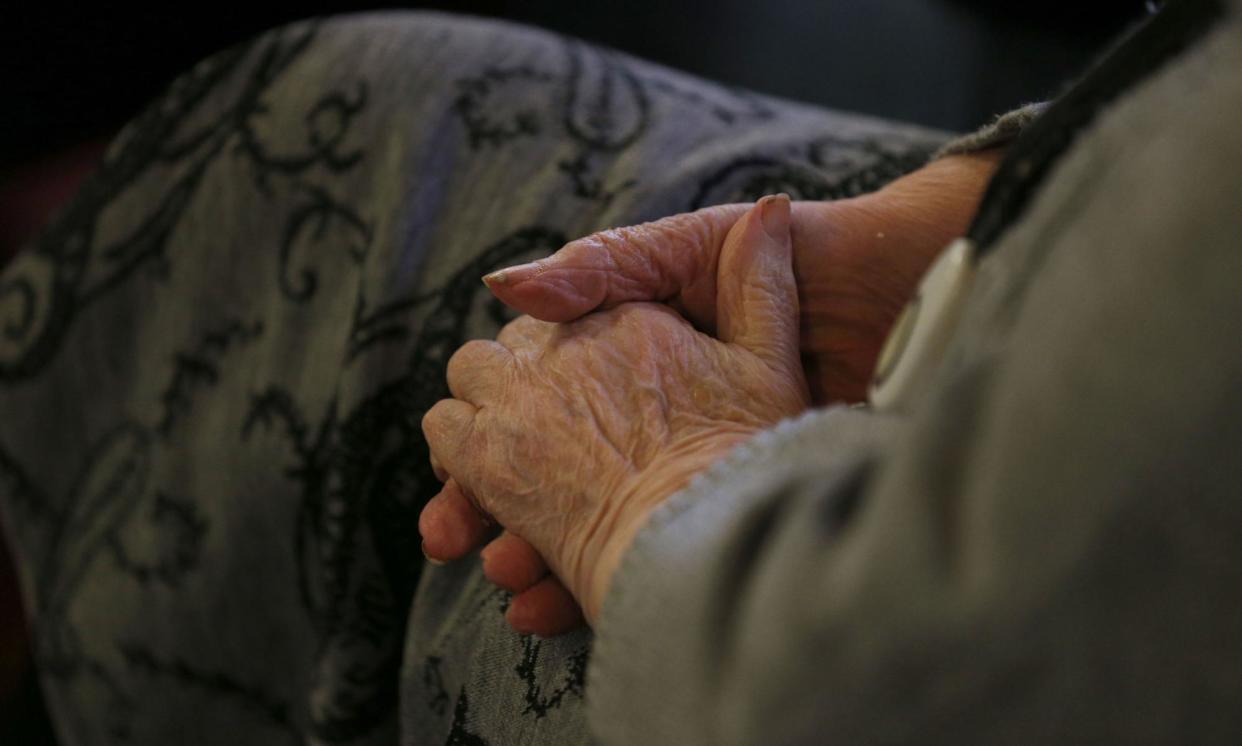Australia’s aged care fees are under review. Will wealthy people have to pay more?

The long-awaited report of the government-appointed aged care taskforce has recommended wealthier Australians be expected to tap into their superannuation balances to pay for more, in a bid to keep the system sustainably funded.
While the government is urged to remain the “major funder” of aged care, the expert panel said older Australians are now retiring with “greater wealth than previous generations”, and that those with the means should be expected to foot more of their own bills. The government is still mulling its formal response to the report, but has flatly ruled out new taxes or levies to pay for the system into the future.
What did the taskforce recommend?
Asked to look into keeping aged care sustainably funded into the future, the taskforce – made up of experts including academics, industry and care providers – said the government shouldn’t increase taxes, an idea raised by the recent royal commission into aged care.
Instead, it said older people with higher wealth – like those with large superannuation balances – could pay more for aged care.
“There are substantial intergenerational equity issues in asking the working age population, which is becoming proportionally smaller, to pay for these services,” the report said, recommending against a new tax.
The report said government should continue looking after all Australians to a reasonable level, with incentives for facilities taking on lower-wealth residents – to prevent the perverse outcome that homes focus on people who make extra contributions.
How would that work?
The taskforce continually spoke of making aged care funding and payments simpler and easier to understand.
The plan to ask for greater co-contributions said the government should continue funding the care component for all people, regardless of income, but those with higher means should make greater co-contributions “towards items that people have more likely paid for throughout their lives, like accommodation and daily living expenses”.
The taskforce gave the example of people choosing to pay more for subscription TV services if they wished.
The taskforce also raised the idea of phasing out by 2035 the refundable accommodation deposit (RAD), a large fee residents pay when entering care and have refunded when they leave, and instead moving to a rental-only system – in a bid to make fee structures simpler.
How much more would people pay?
The government hasn’t given indications of a dollar figure or percentage yet, details that are likely to come in their response to the report.
The aged care minister, Anika Wells, said any talk of dollars at this stage was “hypothetical”.
She told a press conference the taskforce’s consultations had found “people have told us they’re prepared to pay for a better service if it is a higher-quality service”.
Why is the report needed?
Governments have long raised concerns about Australia’s ageing population, with a larger proportion of citizens to enter retirement age and a lower number of working-age people paying taxes to support them.
The prime minister, Anthony Albanese, said on Tuesday the proportion of Australians aged over 65 was set to double, those over 85 to triple and those over 100 to increase sixfold within four decades.
“There’s going to be an extraordinary amount of pressure,” he said.
What will the government do?
Wells and Albanese did not give indications of when the government’s response will come, with the PM not even confirming if it would be in the May budget.
The government has so far only ruled out a new tax, but Wells has indicated strong sympathy for moving toward the co-contribution model.
It’s also understood that the government is supportive of grandfathering any changes so they don’t negatively affect people currently in aged care.
Why has it taken so long?
Wells said it was “complicated, dense work” and the government has been “steadily working on our response”.
Related: New online tool reveals how much Australian aged care homes spend on food, care and services
Asked by a reporter why there was no response available yet, considering the report had been handed to the government in December and that she was both the responsible minister and chair of the taskforce, Wells said decisions would go through cabinet.
“As for me personally, I spent nearly two years with a twin on each hip and a ministerial portfolio in each hand. These are things every Australian working woman juggles every day,” she said.
What is the industry reaction?
Patricia Sparrow, the chief executive of older persons’ advocacy group Cota, said many older people were keen to pay more for improved standards, but stressed the need for a clear safety net for those who can’t afford to pay.
St Vincent’s Care, the largest not-for-profit aged care services provider, urged the government to adopt the taskforce recommendations in full. Its CEO, Lincoln Hopper, said asking wealthier people to pay more of their care “is fair and meets the community’s expectations”.
The Aged and Community Care Providers Association chief executive, Tom Symondson, backed wholesale change, but conceded it was difficult to “balance the fairness” between either asking older Australians and the general taxpayer base to pay more.
“Aged care in Australia cannot continue to muddle along with Band-Aid solutions while the system crumbles,” he said.
What are politicians saying?
The Coalition said it had previously “offered bipartisan cooperation” on aged care, but now had “more questions than answers”.
The shadow aged care minister, Anne Ruston, and the shadow treasurer, Angus Taylor, were critical of the government for not yet revealing how it plans to fund aged care or how much older Australians should expect to pay. They also raised concern about workforce shortages and how aged care facilities could raise capital funds.
The Greens aged care spokesperson, Janet Rice, backed the concept of wealthier people paying more, but was concerned about the broader implications of a user-pays system. She urged the government to instead raise taxes on wealthy Australians and companies to pay for aged care.


